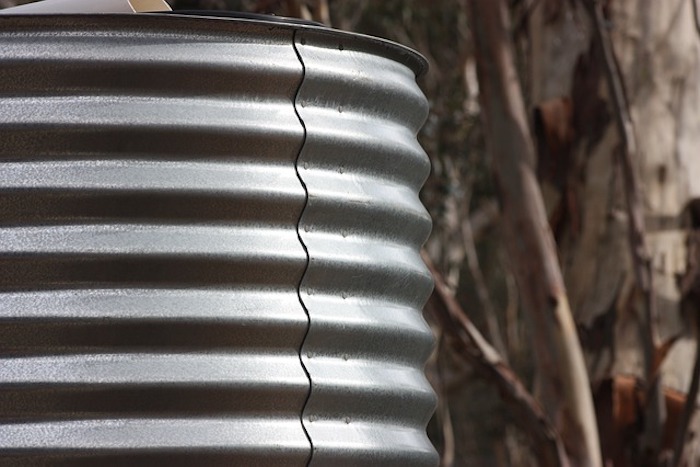
Why Permaculture Is Here to Stay
Many factors within the agriculture industry are harmful to the environment and make things more complicated for plant caretakers. Permaculture is a system that reverses both problems. Even though it can be a solution for small gardens and large farms, few people know about it. Read on to learn more about why permaculture is here to stay.
1. It Makes Gardening Low Maintenance
Permaculture gardens rely on the surrounding environment for their survival. The plants will likely be native to your region, minimising how much time you need to devote to them. Hot climate plants won’t need to fight your cool weather systems because you’ll only choose plants that survive easily in your climate and soil conditions.
Picking flowers or vegetable species based on your location could make this your best year of gardening yet. You’ll take the guesswork out of its care-taking and maximise your free time no matter what growing season you have in mind.
2. It Collects Rainwater

Some parts of your property will get more water exposure than others. Think of the part of your lawn that remains soggy a day or two after heavy rainstorms. You would use that location for your permaculture garden to grow plants that need lots of water.
Utilising permaculture to use rainwater more effectively makes your garden sustainable and improves the planet’s limited water resources. Agriculture currently consumes 70% of the worlds freshwater supply, leaving millions without enough water to drink. Instead of drawing from your tap or garden hose to water your plants, you’ll use less of the natural resource because your garden’s location helps keep them hydrated.
3. It Works with the Environment
Permaculture gardeners determine the location of their plants and crops based on the surrounding environment. Any plants that need more water and soil nutrients than others will grow at a hill’s base to avoid tree roots stealing their resources. Every type of plant surrounding your garden or farm will get what it needs to thrive because permaculture emphasises strategic placement.
4. It Prevents Weed Growth

There’s no way to stop weeds from ever appearing around your property, but permaculture has a budget-friendly, all-natural solution — mulching. You can use traditional mulch or straw and leaves to block sunlight and prevent weed growth around sprouting seeds or fully mature plants. Composting is the next best way to deal with them when they do appear. Throw the weeds in a compost bin and turn them into fertiliser for your next growing season.
5. It’s Traditionally Chemical-Free
People often discover permaculture gardening when they want their property to become more eco-friendly. Chemical fertilisers and pesticides harm the environment, which contradicts the foundational principle of permaculture.
Instead, you’ll use organic solutions to prevent and banish pests. Plant placement, mulching and herbal sprays can help with that. It’s another reason why permaculture is here to stay. Everyone wants the planet to continue being a healthy home.
6. It Creates Self-Reliant Properties
After establishing a permaculture-inspired farm or garden, your property will become nearly self-reliant. The plants will have easy access to nutrients, water and sunshine because of their specific placement and native abilities to thrive. You’ll have much more time on your hands to devote to whatever your lifestyle requires. The extra planning results in more freedom and joy as your garden matures.
7. Permaculture Is Here to Stay
Growing any kind of plant requires a dedication to research and a love for the environment. Those two factors are why permaculture is here to stay. It combines a person’s passion for nature with their desire to learn everything they can about the plants on their property. Trying it in your small garden or homestead will change how you understand your favourite hobby.












